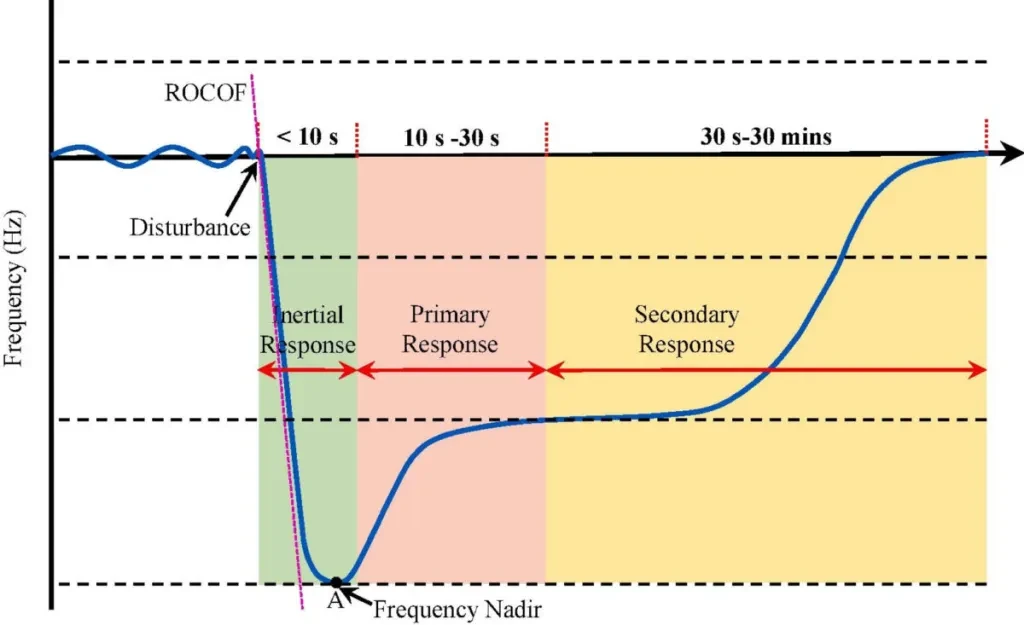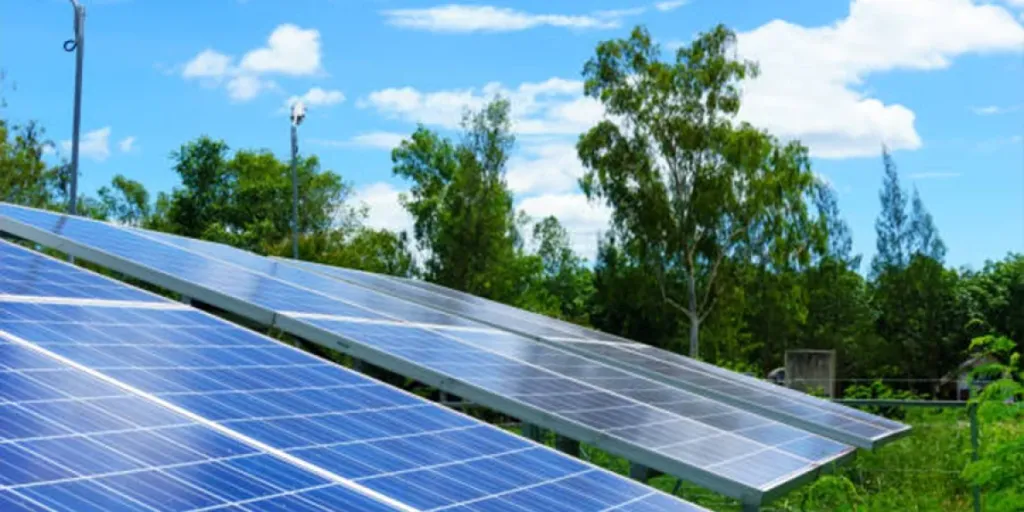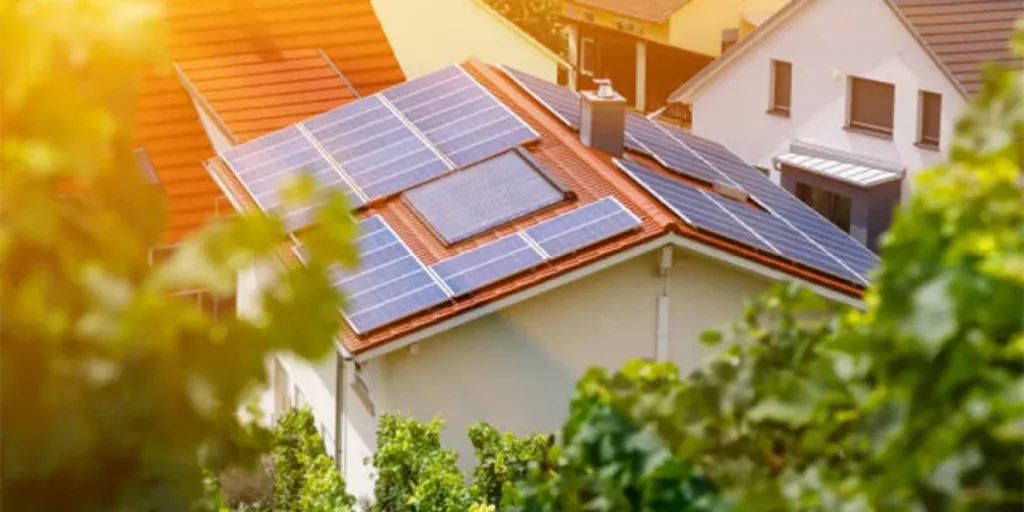A group of researchers in Australia has outlined a new methodology to determine the minimum power rating of energy storage systems (ESSs) used for emergency under-frequency response. The ESS size must be calculated to maintain the frequency within the standard operating range.

Image: Edith Cowan University, Journal of Energy Storage, Common License CC BY 4.0
A group of researchers at the Edith Cowan University in Australia has proposed a new methodology to determine the optimal size of large inverter-connected energy storage systems (ESSs) planned for emergency under-frequency response.
“Delivering the necessary response with minimal ESS capacity is advantageous for power system planning and operating a fleet of partially discharged ESS units,” the scientists said, noting that the proposed solution is also feasible at low costs. “Characteristics such as rise time, overshoot, and settling time of active power response can be controlled by adjusting specific parameters.”
In the paper “Optimizing grid-forming inverters to prevent under-frequency load shedding with minimal energy storage,” published in the Journal of Energy Storage, the researchers explained that ESS active power capacity can be used to minimize under-frequency load shedding (UFLS) schemes, which are generally activated during low-frequency events, shedding predetermined loads to prevent further frequency drops.
“Since UFLS events are rare, some transmission system operators do not require maintaining headroom to cater for large disturbances,” the research team said. “Thus, using ESS for emergency under-frequency response is a cost-effective option. Additionally, delivering the necessary response with minimal ESS capacity is advantageous for power system planning and operating a fleet of partially discharged ESS units.”
The academics also explained that the novelty of their work consisted of determining a battery’s minimum power rating for both virtual synchronous generators (VSGs) and droop control-based grid-forming (GFM) inverters. The ESS size, they specified, must be calculated to maintain the frequency within the standard operating range.
“The ESS size is optimized to prevent under-frequency load shedding following a trip of a large generator by maintaining frequency within frequency operating standard (FoS),” they also emphasized. “The calculation of control parameters and ESS size determination considers the multi-step duration and thresholds provided by the FoS. UFLS protection settings are designed based on the FoS and sizing ESS to achieve a fixed frequency will not provide the optimum ESS size.”
The proposed approach is based on a Hill climbing algorithm, which is a classic optimization technique in artificial intelligence that takes inspiration from climbing to the peak of a mountain. It works by increasing the elevation value to find the peak of the mountain or the best solution to a given problem. It terminates when it reaches a peak value where no neighbor has a higher value.
The group investigated a case study of a power system implemented via DIgSilent PowerFactory software.
The simulation showed that for GFM inverters, a decrease in the active power droop coefficient increases the active power output. This increase, however, is limited by current inverters’ constraints. As a result, the scientists suggest maintaining the active power droop coefficient at a value that can prevent instability resulting from inverters’ limitations while maximizing the active power output.
As for VSGs, they suggested maintaining the acceleration constant, which can reportedly strike a balance between the rate of change of frequency (RoCoF) and power oscillations. They noted that the acceleration time constant of the VSG controller is proportional to inertia and increasing it enhances inertia.
“For the case considered in this study, the minimum energy storage power rating for the virtual synchronous generator control is 85 MVA, while for droop control, the minimum storage capacity is 89 MVA,” the scientists concluded. “The results of this study should be helpful for power system planners to better harness the capabilities of energy storage systems.”
This content is protected by copyright and may not be reused. If you want to cooperate with us and would like to reuse some of our content, please contact: editors@pv-magazine.com.
Source from pv magazine
Disclaimer: The information set forth above is provided by pv-magazine.com independently of Alibaba.com. Alibaba.com makes no representation and warranties as to the quality and reliability of the seller and products. Alibaba.com expressly disclaims any liability for breaches pertaining to the copyright of content.




